Disposable pipette tips are one of the indispensable common consumables in laboratories and are widely used in the fields of molecular biology, chemical analysis, clinical diagnosis, etc. Although the pipette tips may seem inconspicuous, their quality and selection have a crucial impact on the accuracy and reliability of experimental results, and are one of the important links to ensure the success of the experiment.
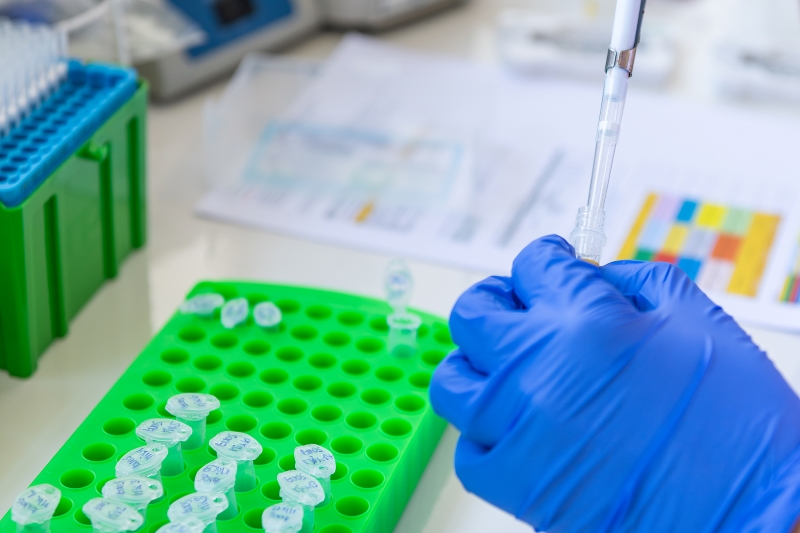
Different kinds of tips?
Universal Tips
This is the most common type of pipette tip, usually made of polypropylene (PP) material, with good chemical resistance and temperature resistance. Suitable for most routine experimental operations, including solution preparation, sample dilution and simple sample transfer.
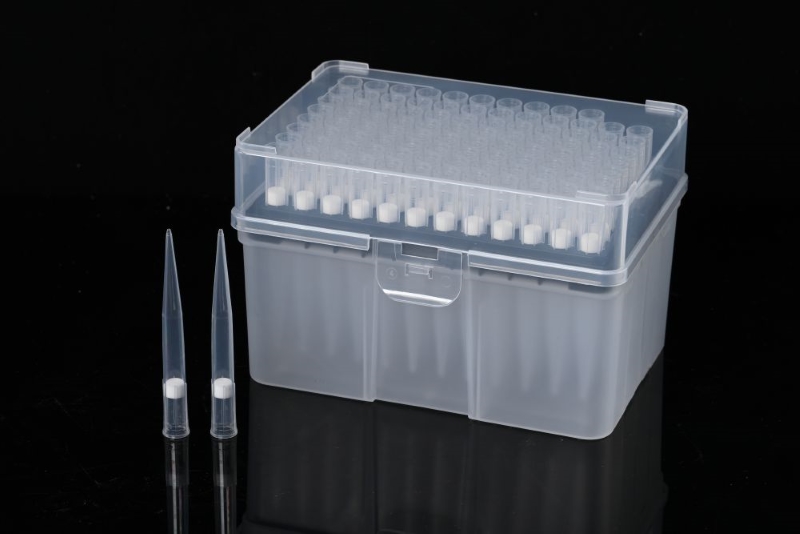
Filtered Tips/Filter Tips
The filter tip has a hydrophobic filter membrane that can effectively prevent liquids or aerosols from entering the pipette, thereby avoiding cross contamination or pipette contamination, providing double protection for samples and equipment. It is suitable for experiments with high requirements for sample purity, such as PCR experiments, molecular biology monitoring, etc.
Low-retention Tips
Low-retention tips are made of special materials or surface treatment processes, which can significantly reduce the adhesion of liquids to the inner wall of the tips, thereby reducing sample residues and improving sample utilization. This tip is very suitable for processing precious samples or low-volume samples, and is suitable for experiments such as protein analysis and genomics research.
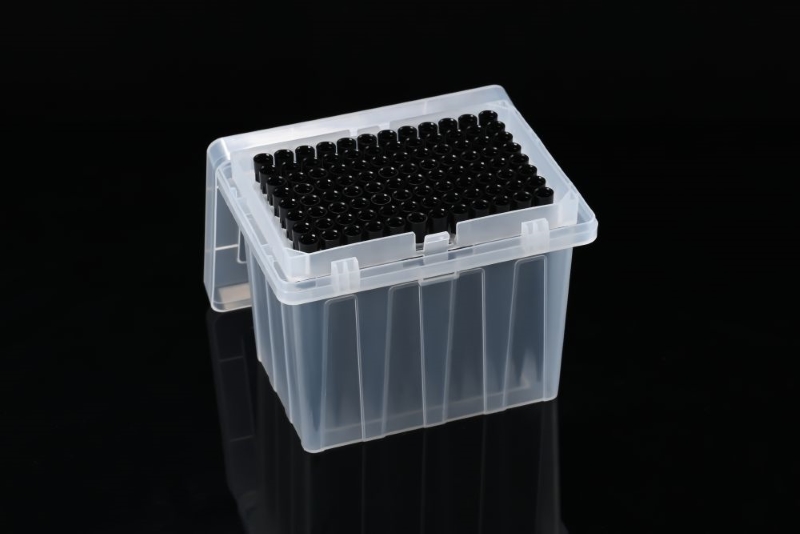
Automated Tips/Robotic Tips
Designed for automated pipetting workstations, this tip has a more stable material that ensures consistency and accuracy in high-throughput experiments. This tip supports precise pipetting and is compatible with a variety of automated equipment, making it suitable for drug screening, genomics research, and high-throughput experiments.
Conductive Pipette Tips
Conductive pipette tips are made of conductive materials and are mainly used in automated workstations and specific diagnostic fields. They are well compatible with automated equipment. The main pipetting workstation brands include Tecan, Hamilton, Beckman, etc.
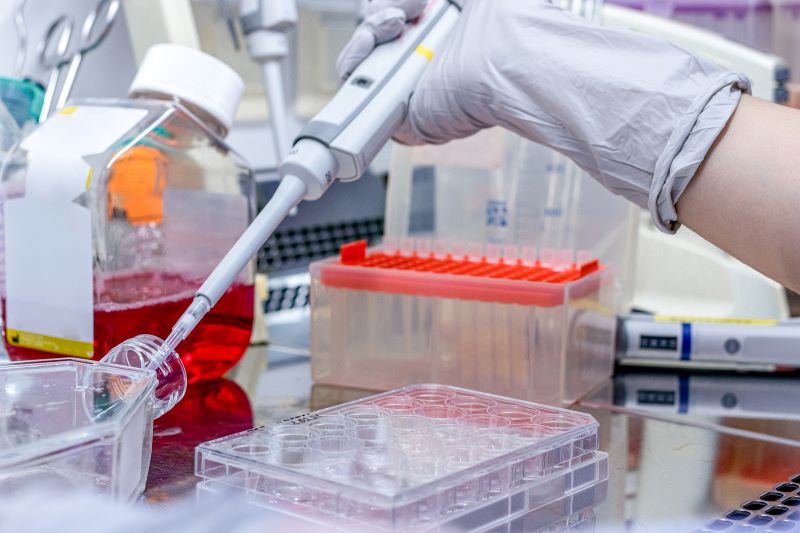
Welso provides a variety of pipette tips, covering all the above tips, to fully meet the needs of different experiments. Whether it is high-precision pipetting, sample protection, or special sample processing, Welso's pipette tips help laboratories obtain more efficient and reliable experimental results with excellent quality.
Choosing the right pipette tip can ensure the accuracy and repeatability of the experiment. What aspects do researchers need to consider when selecting tips?
Choose the appropriate capacity of pipette tip according to the pipetting volume
The matching of pipetting volume and pipette tip capacity directly affects the pipetting accuracy and ease of operation of the experiment. Common pipette tip capacities include 10 µL, 100 µL, 200 µL, 1000 µL, etc. User should choose the appropriate capacity of pipette tip according to the experimental requirements. Avoid using beyond the pipette tip capacity range to prevent pipetting errors or experimental failures.
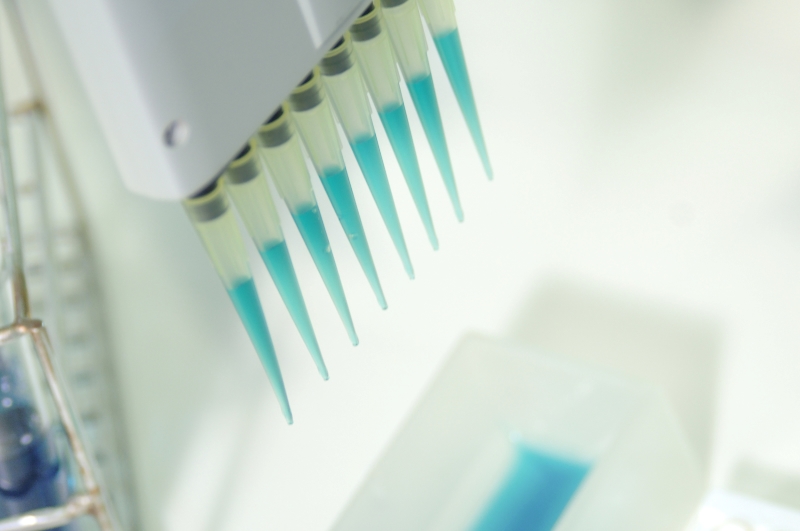
Ensure the compatibility of the tip and the pipettors
The compatibility of the tip and the pipettor is the core of ensuring the accuracy of pipetting. Different brands of pipettes usually require specific types of tips. When purchasing, you should focus on checking whether the tip is compatible with the existing pipettor.
Air tightness test: Well-matched tips and pipettes have strong tightness and no air leakage.
Multichannel Pipettors test: Through assembly and multi-channel tests, intuitively evaluate the compatibility of the tip and pipette.
Prefer high-quality pipette tips
High-quality pipette tips are sterile with smooth inner walls, reduce sample adsorption and residue, and ensure the reliability of sample recovery and experimental data. In addition, the production process of high-quality pipette tips is stable, which can provide higher batch consistency and help improve the repeatability of experiments.
Suggestion: Try to use pipette tips from the same batch in the experiment to avoid affecting the experimental results due to batch differences.
Ensure no cross-contamination and material safety
In biological research and medical diagnostic experiments, the cleanliness and contamination-free characteristics of the pipette tip are crucial.
Enzyme-free and pyrogen-free requirements: The pipette tip should be free of DNA enzyme, RNA enzyme and pyrogen contamination to ensure that the experiment is not interfered by exogenous substances.
Material safety: The pipette tip material must pass biocompatibility and toxicity tests to ensure safety and harmlessness to samples and experimenters.
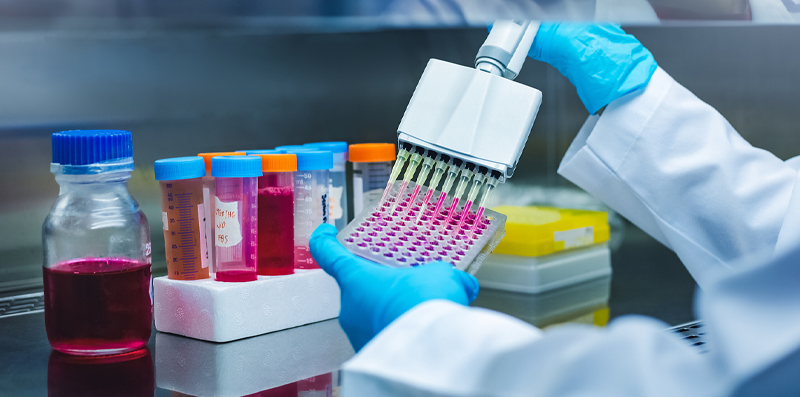
Although the pipette tip is small, it plays a vital role in the laboratory. Choosing the right pipette tip product can not only improve the efficiency of experiments and diagnosis, but also effectively ensure the accuracy and repeatability of experimental results.
In experimental operations, the scientific and rational use of pipette tips is one of the key links to ensure the success of the experiment. This will help scientific researchers obtain more accurate and reliable experimental data, adding a guarantee to scientific research results.